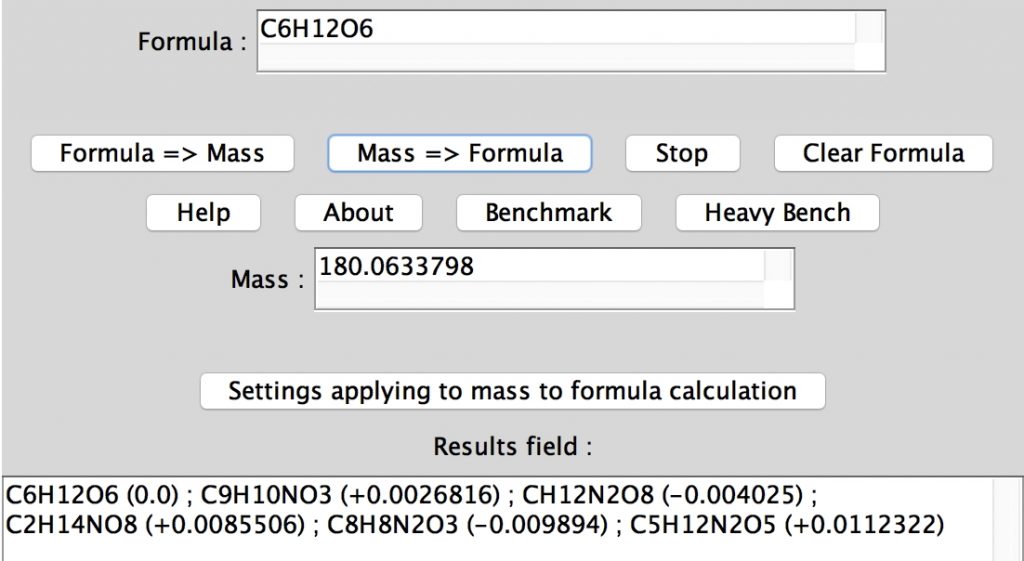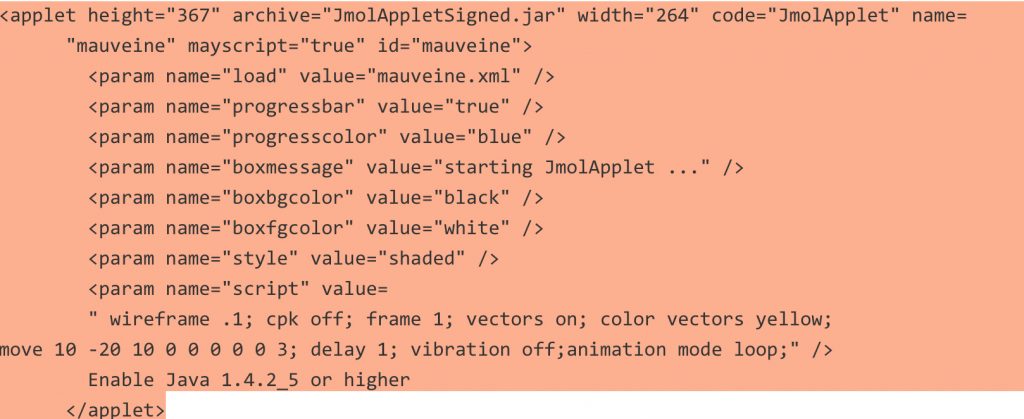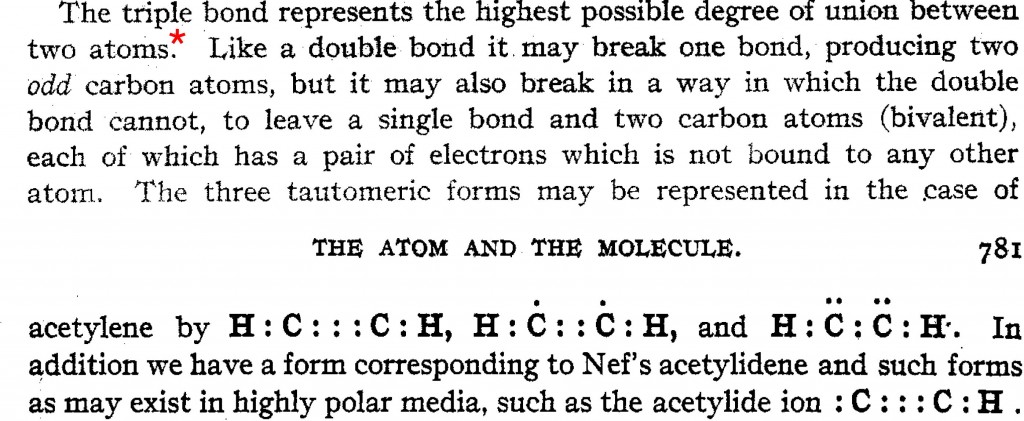I started this story by looking at octet expansion and hypervalence in non-polar hypercoordinate species such as S(-CH 3 ) 6 , then moved on to S(=CH 2 ) 3 . Finally now its the turn of S(≡CH) 2 . ‡ As the triple bonds imply, this seems to represent twelve shared valence electrons surround the sulfur, six from S itself and three from each carbon.
Messages de Rogue Scholar

In an earlier post, I lamented the modern difficulties in running old instances of Jmol, an example of an application program written in the Java programming language. When I wrote that, I had quite forgotten a treasure trove of links to old Java that I had collected in 1996-7 and then abandoned. Here I browse through a few of the things I found. The collection is at DOI: 10.14469/hpc/2657.
The book of the title has recently appeared giving a rich and detailed view over 417 pages, four appendices and 24 pages of photographs of how a university chemistry department in the UK came into being in 1845 and its subsequent history of discoveries, Nobel prizes and much more.

Almost exactly 20 years ago, I started what can be regarded as the precursor to this blog. As part of a celebration of this anniversary,[cite]10.3390/molecules22040549[/cite] I revisited the page to see whether any of it had withstood the test of time. Here I recount what I discovered. The site itself is at www.ch.ic.ac.uk/motm/perkin.html

My holiday reading has been Derek Lowe’s excellent Chemistry Book setting out 250 milestones in chemistry, organised by year. An entry for 1920 entitled hydrogen bonding seemed worth exploring in more detail here.

The phenomenon of bond stretch isomerism , two isomers of a compound differing predominantly in just one bond length, is one of those chemical concepts that wax and occasionally wane.[cite]10.1016/S1631-0748(02)01380-2[/cite] Here I explore such isomerism for the elements Ge, Sn and Pb. In one earlier post, I noted a form of bond stretch isomerism that can arise from a Jahn-Teller distortion ending in two different
This is the third and final study deriving from my Ph.D.[cite]10.1039/P29750001822[/cite]. The first two topics dealt with the mechanism of heteroaromatic electrophilic attack using either a diazonium cation or a proton as electrophile, followed by either proton abstraction or carbon dioxide loss from the resulting Wheland intermediate.
Another mechanistic study we started in 1972[cite]10.1039/P29770000281[/cite] is here 40+ years on subjected to quantum mechanical scrutiny.
The BBC TV quiz series Mastermind was first broadcast in the UK in 1972, the same time I was starting to investigate the mechanism of diazocoupling to substituted indoles as part of my Ph.D. researches. The BBC program became known for the catch phrase I've started so I'll finish; here I will try to follow this precept with the project I started then.

I have previously shown the grave of William Perkin, a great british organic chemist. On a recent visit to Paris, I went to see the crypt in the Panthéon, the great french secular necropolis. What a contrast to Perkin! The Curies have a crypt all to themselves (VII), and other great french scientists such as Bertholet and Langevin as well as mathematicians such as Lagrange who are also interred in other crypts.